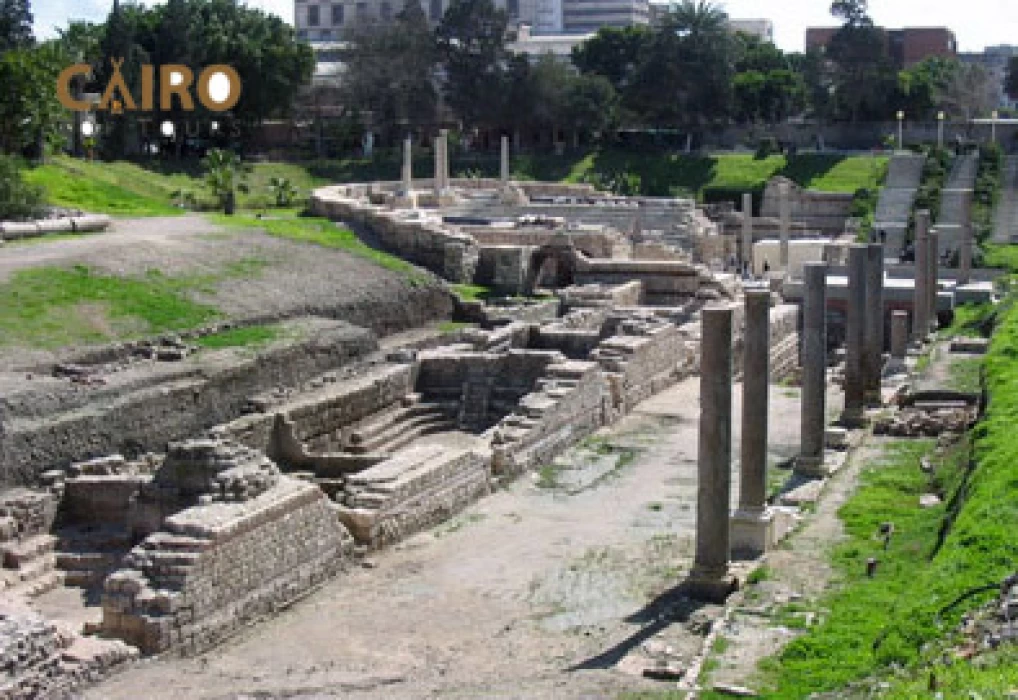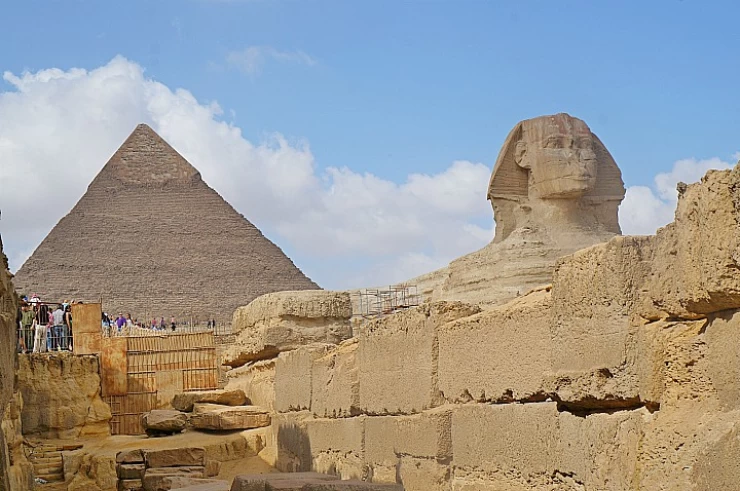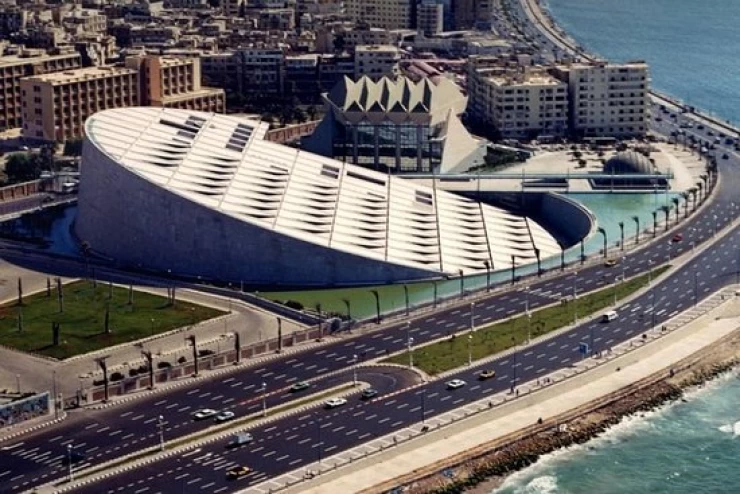
The Roman Amphitheatre in Alexandria | Ancient Roman Theatre
The Roman Amphitheatre of Alexandria in Kom El Dikka
The Kom el-Dikka area of central Alexandria is home to the Roman Amphitheatre, also known as the Roman Theatre. One of the most recognizable features of Alexandria is the Roman Theatre, which is bounded to the north by Horrya Street, to the west by Nabi Daniel Street, to the south by Abdel Moneim Street, and to the east by Saphia Zaghloul Street.
Kom el-Dikka is a large Roman theater and apartment complex in the center of Alexandria. It includes the remarkably well-preserved thirteen-tiered Roman amphitheater, the only one known to exist in Egypt. This was built in the classic Greek manner, with raised rows encircling three-quarters of the stage and a flat platform in the center on the lowest level. With the exception of the first row, which is made of red granite, all of the bench-style seats are carved out of white or gray marble. If one looks extremely closely, one can see the traces of Roman numerals that were etched into each row.
There were seven hundred to eight hundred seats in the oldest section of the theater, arranged in sixteen or seventeen rows. Eventually, it was extended to cover the highest level of special boxes reserved for the wealthiest members of society.
An amphitheater is essentially a double theater with a large, striking structure. Amphitheaters were open-air theaters without stage curtains that were often constructed in a semicircle shape.
The Roman Theater in Egypt is a great example of an antique building from the Roman era in Egypt, despite its small size and mostly destroyed interior. The theater also has multiple shoddily constructed galleries.
There are additional spectator chambers in these galleries, and the 700–800 marble seats are arranged around the stage.
















